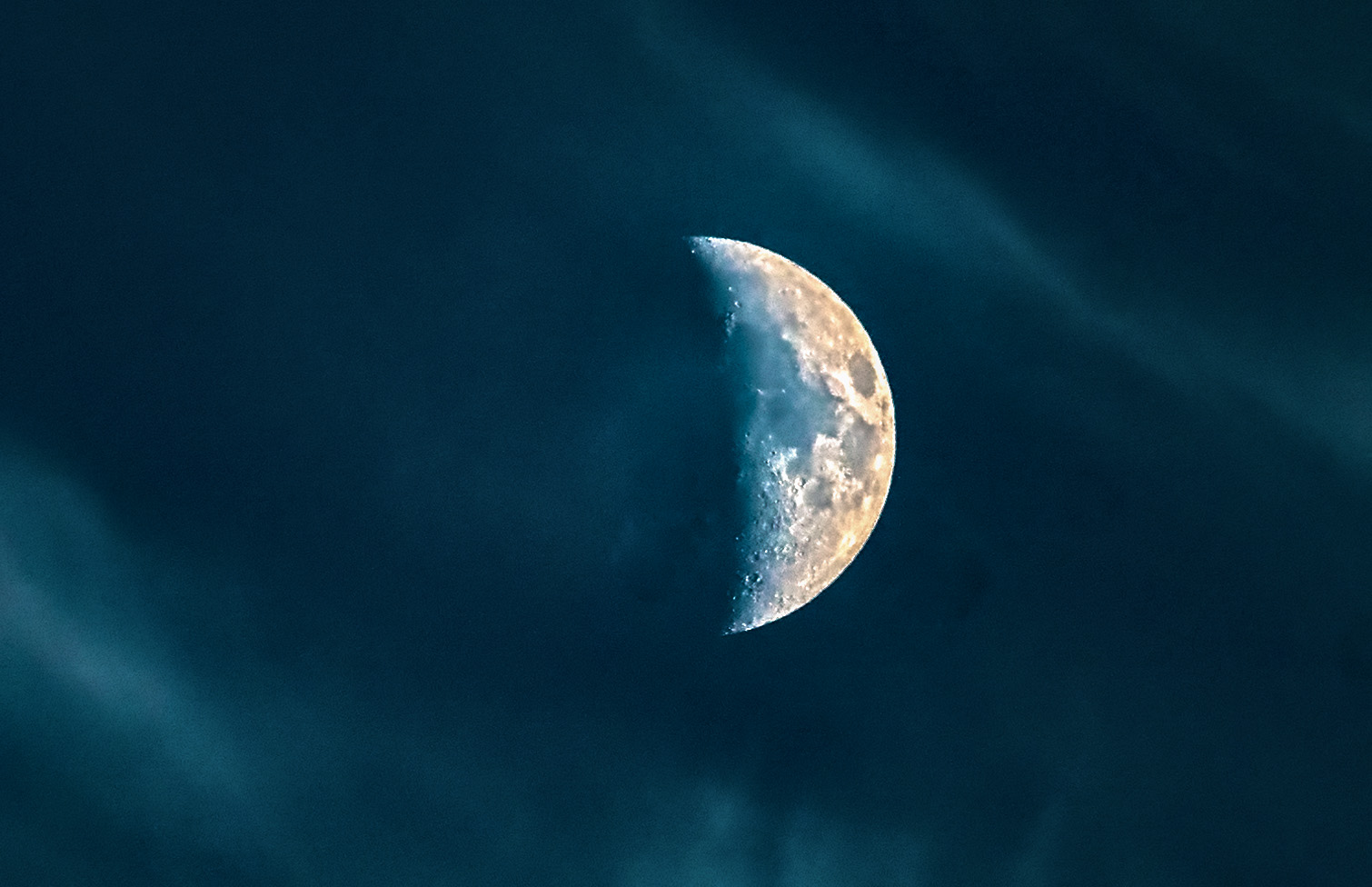I am an experienced Northern Lights guide and usually spend 2 or 3 months of the year in Northern Norway and Iceland. As an astrophotographer, I love taking photographs of the aurora but first, you have to find it! I have no hesitation in promoting the best aurora prediction app on the planet, the GLENDALE APP by my friend Andy Stables. The Glendale App is the ONLY accurate method of predicting aurora in a local area. It may seem a bit daunting at first but it is actually fairly simple, once you get the hang of it.

So, what is the aurora?
The Northern Lights, also known as the Aurora Borealis, is a breathtaking natural light display that occurs predominantly in the polar regions of the Earth. This mesmerizing phenomenon has captivated the imaginations of people for centuries and continues to inspire awe and wonder.
The Northern Lights are the result of interactions between the Earth’s magnetic field and charged particles from the Sun. These particles, primarily electrons and protons, are ejected by the Sun during solar flares and coronal mass ejections. When they reach the Earth’s atmosphere, they collide with atoms and molecules, causing them to emit light.
The colours of the Northern Lights depend on the type of gas particles present in the atmosphere and their altitude. Oxygen produces green and red hues, while nitrogen contributes to blue and purple shades. The swirling and dancing patterns in the sky are caused by variations in the intensity of the solar wind and the Earth’s magnetic field.
The Northern Lights are predominantly visible near the Earth’s polar regions due to the concentration of the Earth’s magnetic field lines at the North and South Poles. In the northern hemisphere, this phenomenon is called the Aurora Borealis, whereas in the southern hemisphere, it is known as the Aurora Australis.
Popular destinations for witnessing the Northern Lights include Alaska, Canada, Scandinavia (Norway, Sweden, Finland), Iceland, and parts of Russia. These regions lie within the “Auroral Oval,” an area where the occurrence of the Northern Lights is most frequent and intense.

Cultural Significance
Throughout history, the Northern Lights have held great cultural and spiritual significance for various indigenous communities residing in the polar regions. Many ancient cultures believed that the lights were celestial spirits, ancestors, or mythical creatures. Indigenous peoples in these areas often have rich folklore and legends surrounding the Northern Lights, passing down stories and traditions from generation to generation.
Today, the Northern Lights attract visitors from around the world who seek to witness this natural spectacle. It has become a symbol of beauty, tranquillity, and the wonders of nature. Photographers, scientists, and artists alike are drawn to its enchanting allure, striving to capture its ethereal beauty in various forms of artistic expression.

